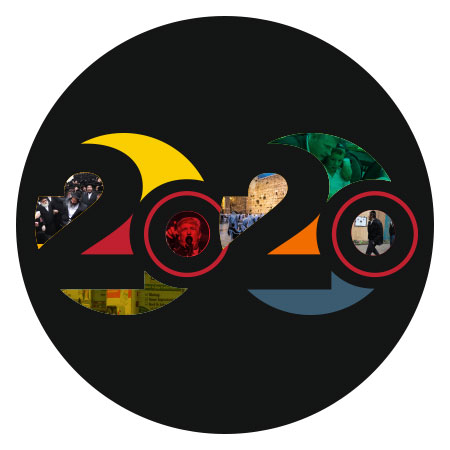This Isn’t the KIRUV of 2010

A

As the mixologists performed their magic and two hundred young professionals munched on Moroccan sphinj donuts, a Karliner chassid, looking distinctly out of place, came over to tell me that he’d once given shiurim to large groups of Israelis in that very spot. Asked how he’d attracted crowds to Torah learning, his reply was staggering: “We put up signs along Rechov Dizengoff with questions like What is the purpose of life? and within two hours we had 80 people.”
“You know what would happen if I did that?” I replied. “Within two hours I’d have three people — all of them homeless.”
The challenges that the kiruv world faces today are well documented. Start with getting people through the door. The classic outreach seminar is, to put it mildly, no longer an attraction. At a recent event that I arranged for Inspired Tel Aviv, the outreach organization that I cofounded in Israel’s secular stronghold, a world-class mekarev had a room full of 20- and 30-somethings spellbound by his life story. But when he got into ideology and started to talk about proofs of Hashem’s existence, the fire went out. The one person who actually engaged with him, a tough-talking young man in a leather jacket, asked questions like, “How do you know that miracles happened?” and “Why not Christianity?” But even he had no epiphany.
There’s another, related, challenge. The usual proven tools aren’t working the same magic they once reliably did. Even when people do sit and learn Torah, there’s often no aha moment leading to a lifestyle change. Outreach experts have blamed this on greater materialism, the smartphone generation, or a host of other factors.
Whatever the cause, the reality is clear: even as greater resources than ever are going into outreach, kiruv yeshivos are emptier.
Over the past decade, the kiruv movement has come to terms with that new reality. There is now recognition that without a very strong social dimension, today’s young Jews simply won’t come to our events. So African Safari or Winter Wonderland-themed Friday night dinners are in, old school is out. (Like most changes, even that can go too far: at an impossibly upscale Shabbos dinner somewhere in the western hemisphere, one of the guests took a look at the orchids and haute cuisine and complained: “But where are the matzah balls?!”)
A one-to-one chavrusa learning session will draw a few dozen people, but a workshop on the Torah’s keys to good relationships reliably brings packed audiences. The tech-types and professionals will park their electric scooters, ignore their phones, and engage with this very real part of their lives. They find that the Torah view of relationships — for example, Rav Dessler on the power of giving — is very empowering.
So as the 2020s begin, a new dual track model of kiruv has emerged. The small percentage of Jews who are outright seeking ruchniyus are welcomed with open arms and as much Torah as they want. And yes, these still really exist. When I asked a South American computer scientist-turned-avreich what sparked his journey, he said: “Ken Spiro’s Jewish history series on Aish.com.” An Israeli film promoter told me that it was the Shabbos Project that led to her shemiras Shabbos.
But these people remain the exception.
For the other 95 percent of Klal Yisrael, for whom there is no known formula to trigger full chazarah b’teshuvah, kiruv organizations still have a raison d’être. They can offer one person a taste of Shabbos, another the inspiration of Jewish learning and a third the tools for a healthy marriage.
This dual focus — on Torah growth, and maintaining Jews’ last Jewish connection — is one that kiruv organizations should embrace. Because maintaining that last link may look insignificant now — but who knows what growth it may lead to?
(Originally featured in Mishpacha, Issue 790)
Oops! We could not locate your form.







